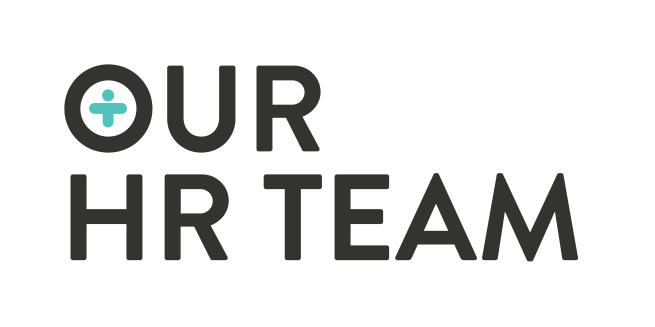By Kerrie Briggs | Senior HR Consultant

It is only 9 weeks until Christmas which no doubt means you are in the lead up to your festive event to close out the year.
Although these events are a great way for employees to take part in the festivities and for everyone to relax and be merry, they’re still work functions where they are organised and paid for by the employer. Therefore, the employer must still exercise a duty of care to manage any associated health and safety risks that may arise.
I know, I know, I can hear the sighs already… “Here come the fun police!!”
Having fun is important but it is also important to keep in mind that work endorsed parties, even away from the normal work location are still considered a work event and obligations do exist for staff and Directors around workplace health and safety.
The expectation surrounding staff behaviour and conduct does not change at a work function. Workplace harassment, bullying and even violence are serious issues and losing inhibitions after a little too much cheer is no excuse.
Outlined below, are considerations that may assist you to ensure you have a fun end of year event, while avoiding issues that can potentially have serious consequences if neglected.
- Assess the risk
This comes in two steps:
-
- Ahead of the Christmas party consider documenting a WHS risk assessment that identifies all foreseeable health and safety hazards and their defined control/s. This would include an inspection of the site prior to the event.
- During a site inspection ensure that you speak to management at the venue to ensure Responsible Service of Alcohol and establish your own expectations of overly intoxicated people not being served anymore alcohol.
- Nominate a contact person/people for the venue to be able to contact to advise them of an intoxicated person or incident.
- Review you HR policies and procedures. Well-written policies and procedures set the ground rules and company’s expectations on appropriate behaviour. This can be a good reminder prior to the Christmas party and if there happens to be an incident, the company will be better prepared. It also assists to remind staff of general expectations.
- Ahead of the Christmas party consider documenting a WHS risk assessment that identifies all foreseeable health and safety hazards and their defined control/s. This would include an inspection of the site prior to the event.
- Alcohol free event
Alcohol is not an obligatory requirement at any event.
Consider your team and your past experiences having end of year parties. Do you have any concerns about serving alcohol at a work event. If you have any concerns at all, consider having an event without alcohol. Perhaps a family event in a park is something that you feel more comfortable with for your business and your team.
- Start and finish times
Clearly set out defined start and finish times for the event and ensure that these are stated on the invitation.
Shut down the bar at the finish time and stop paying for any alcohol, even at an after event.
- How will employees travel?
Consider how employees will travel to and from the event? This can be as simple as encouraging employees to plan their travel ahead of time.
Choose a venue that does not place the employee in a difficult situation to get home, otherwise assist with transport options for employees.
You may have obligations with your workers compensation insurance for employees travelling to and from work, which will likely include the end of year function.
- Set expectations
An aptly worded email ahead of the Christmas Party reiterating the business’ expectations around appropriate standards of conduct and responsible drinking may serve as a timely reminder to employees that workplace policies still apply during these events and as such any misconduct will be dealt with accordingly.
Accompany this email with any relevant policies as noted above.
- Manage misconduct and complaints fairly
Even with the best planning, and all measures followed, incidents still happen.
Where alcohol is involved, behaviours are often affected but this does not release the business of their obligations to investigate and respond to complaints/ allegations. Be sure to hear any issues that arrive and respond with procedural fairness.
Be mindful that you may need to take action at the event immediately. Waiting to the New Year to handle a complaint may or may not be the correct course of action.
I know, the end of year party is supposed to be a fun and memorable event! Implementing these safety measures will ensure that it is memorable for the right reasons. After all, we all want to spend our festive holidays safe, happy, and healthy.
Happy celebrations!







